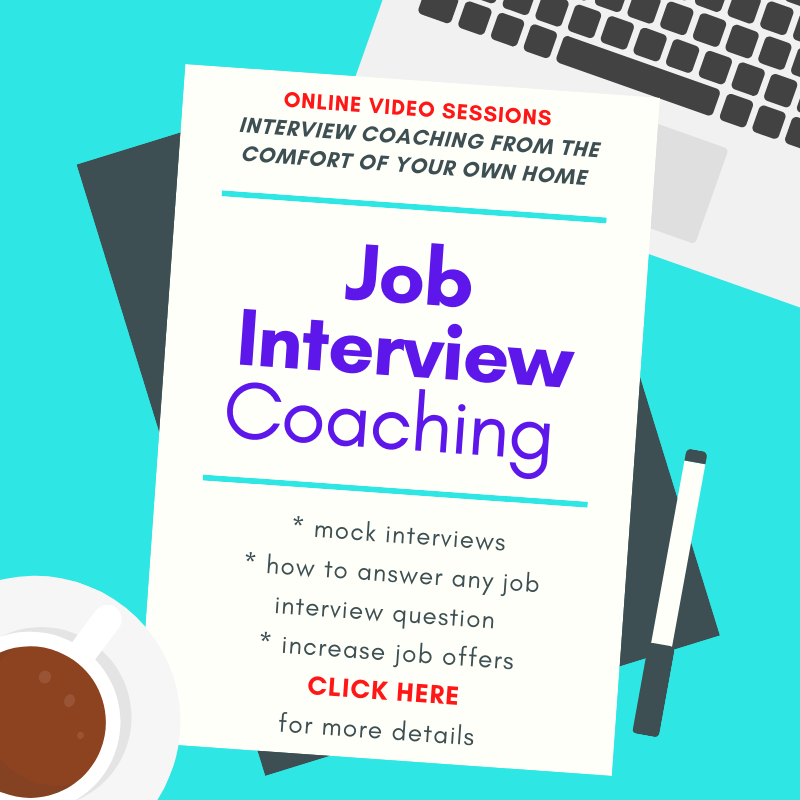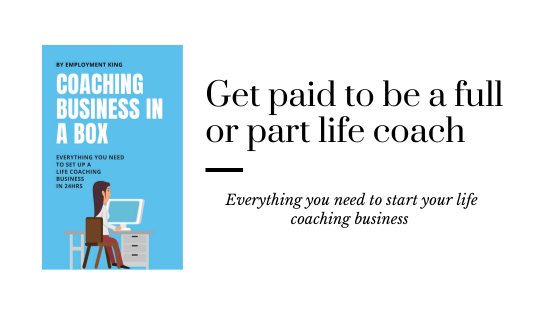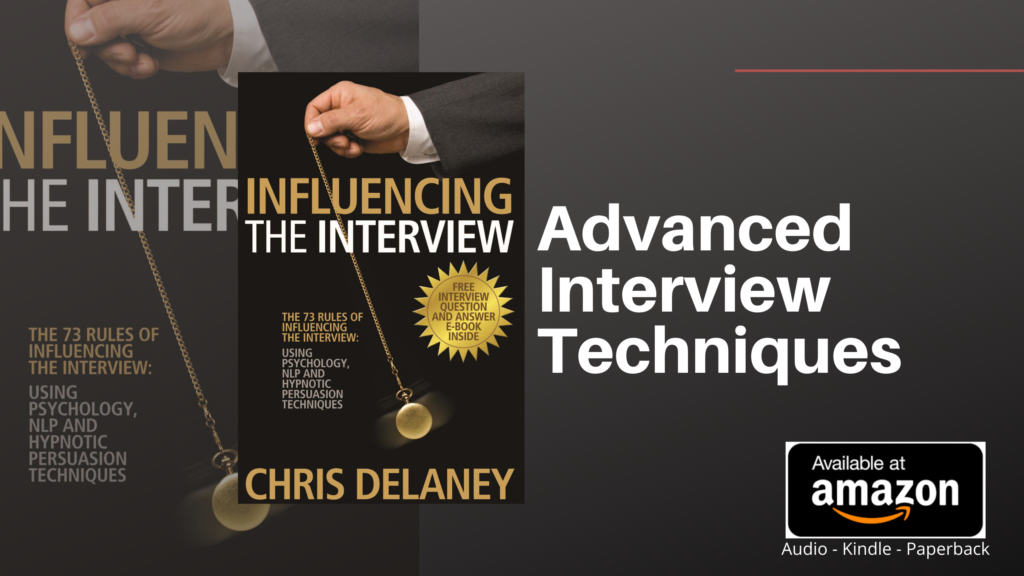One of the most in demand skills in the workplace is problem-solving.
It makes sense then that a ‘problem-solving’ interview will be asked during most job interviews.
The question may be phrased differently, depending on the job sector and advertised position, but all interpretations of the question require a step-by-step explanation of the applicant’s individual approach when faced with a problem.
Different versions of the ‘problem-solving’ question.
- Tell me about a problem you faced and what you did to overcome this?
- What is your approach to problem-solving?
- If X happened what would you do?
In structured job interviews, employers ask either behavioral job interview questions or situational questions.
Behavioral interviews ask for evidence of previous experience – ‘tell me about time you had to overcome an unforeseen problem?’ and situational questions are future-oriented: ‘how would you deal with a problem you haven’t prepared for?’
For both versions of the interveiw questions, the answer needs to meet the criteria on the interview scorecard.
Interviewers, when listening to interviewees’ answers make notes of what each applicant has stated. Post-interview, the interview panel discusses the answers giving each an allocated point depending on how many criteria the applicants have referenced during the job interview.
The highest scoring candidate is offered the job role.
How to create high scoring interview answers.
Employers only know what an applicant stats during the job interview.
Missing information, ambiguous statements or a lack of detail simply won’t make the cut.
Research shows how the delivery of a longer answer, embedded with emotive language, when communicated confidently, increases the allocated points.
The duration of the interview answer alone isn’t enough to score high, what is needed a longer and relevant answer.
How to answer the problem-solving interview question.
There are several ways to answer this question:
- Listing facts
- Giving an example
- Quoting problem-solving models
List building interview answer
The weakest way to answer the problem-solving question is fact listing.
Nervous candidates, such as the amateurish interviewee, often default to fact listing as they struggle to deliver a structured interview answer.
An example of fact listing to the ‘what is your approach to overcoming a problem?’ could be ‘finding the problem, looking at solutions, completing a risk assessment, delegating tasks.’
Overall, the list answer, if delivered correctly, can cover the key elements required for an employer to recognise the applicant’s level of experience, but a list does not score high because high scoring answers require elaboration.
Using examples in the job interview
Real-life examples, on the other hand, often have enough information and detail to gain a high score.
The structure of the example answer is key. A weak example of an answer would sound something like: ‘I worked on X project where (Problem), to overcome this problem we did (A&B)’
The above structure states the problem and actions but is missing the detail to receive additional points; the creative process, the outcome, and any unique selling points.
Example answers should also elicit emotions. The storytelling process of an example answer takes the employer on a journey. Not only does the interviewer visualise the story they go on an emotional rollercoaster, as the interviewee talks about the highs and lows, the ups and downs, of the situation being discussed.
A strong interview structure for example answers
- State the problem that required solving
- Explain the negative effect the problem would have if it wasn’t solved
- Discuss the creative problem-solving process used to find a solution
- Detail how the solution was implemented
- End with the positive outcome
Embedding models and theories into interview answers
The job interview process, simply put, is to predict the job performance of each applicant. The candidate who is believed to be able to perform the best is offered the job role. Performance prediction is based on the perceived level of industry knowledge and sector experience.
Experience and knowledge can be expressed through the explanation of relevant theories and models, as an example, if asked a ‘problem-solving’ question a candidate can initiative the answer by referring to a relevant model:
‘The 6 step problem-solving model states that to a solve problem you first need to define what the problem is and the root cause, as understanding the root cause, using tools like the fishbone diagram, will help ensure the problem doesn’t repeat itself. Once the problem and cause are clear, the next stage is to develop solutions using mind-mapping, analysing best practice logs and shared experience. After selecting the most suitable solution, the final stags are to implement and then evaluate the success of the solution.’
- Define the Problem
- Determine the Root Cause(s) of the Problem
- Develop Alternative Solutions
- Select a Solution
- Implement the Solution
- Evaluate the Outcome
Breaking down a model into easy to digest steps shows a high level of understanding. To score even high, a real-life example can then be added to the interview answer: ‘…an example of using the 6 steps problem-solving model was when I worked at ….’

Conclusion
Many job interviews will ask a version of the problem-solving interview question. Research has shown that the more detailed description of a problem-solving answer will score higher. Interviewers are also impressed by an applicant’s industry knowledge, including that of the use of relevant sector models and theories.
Don’t presume the employer knows the process you would have taken, as this leads to an applicant missing out on the discussion of relevant data. Instead, give as much detail as possible as this increases the number of job criteria the interviewee will reference when answering the interview question.








